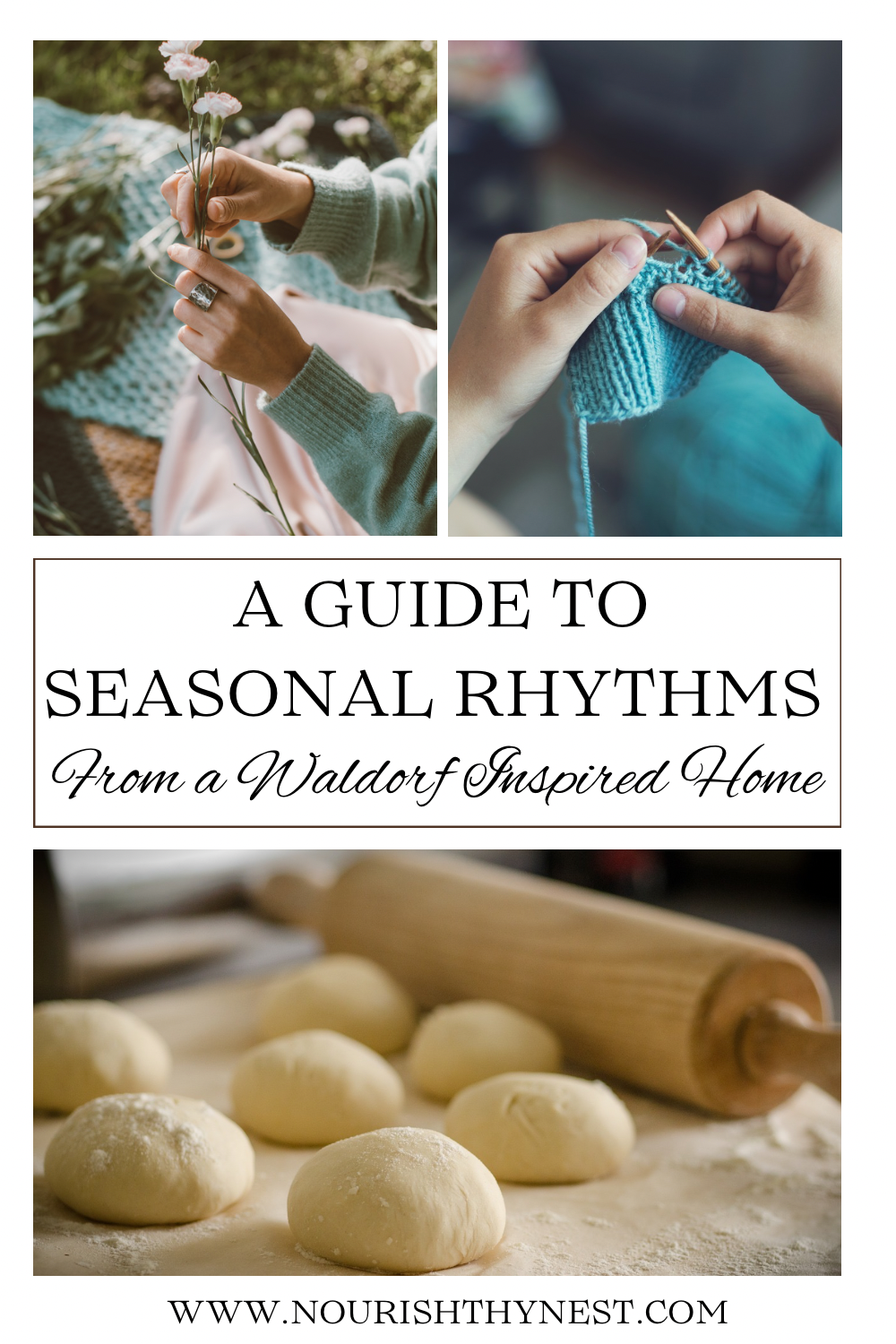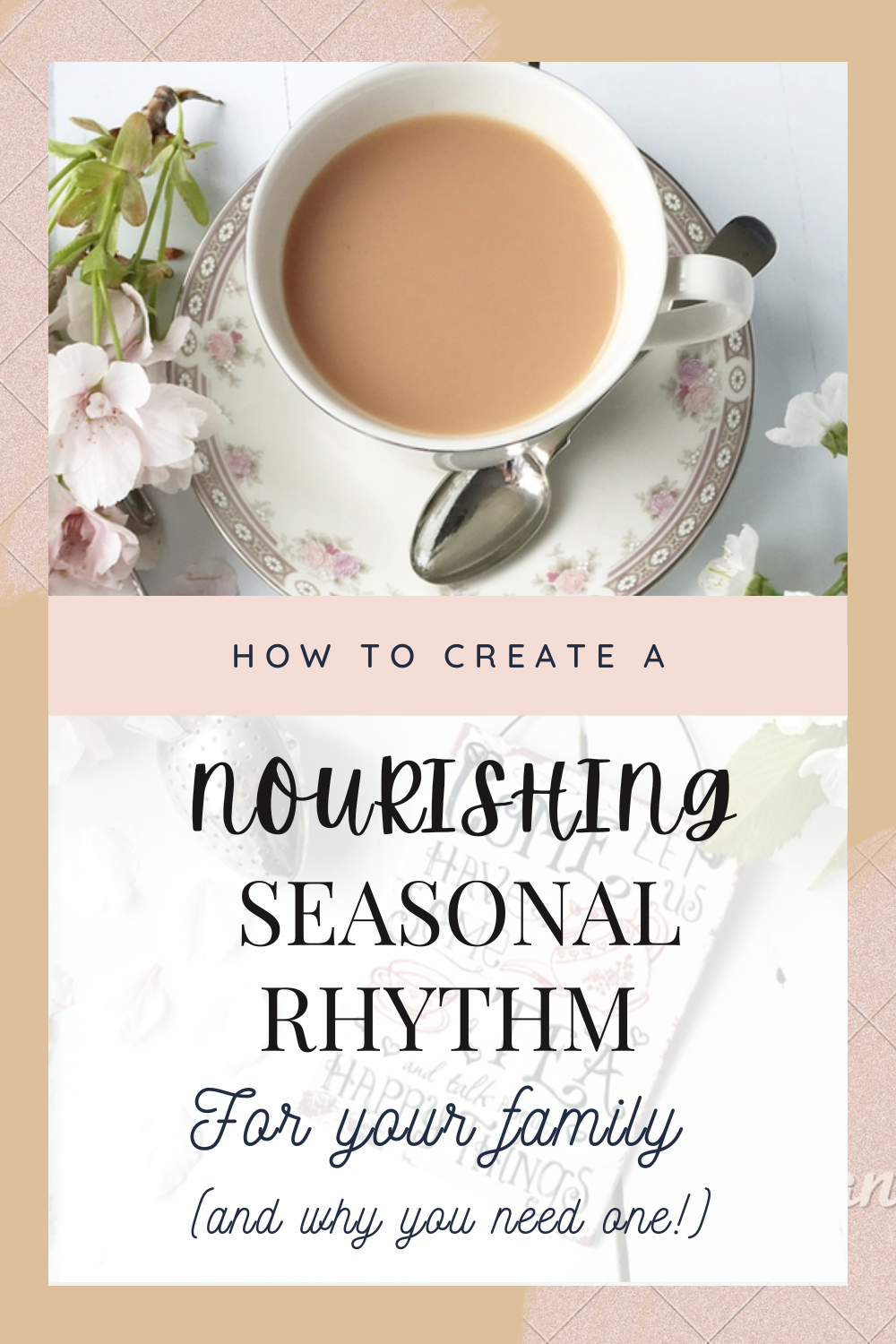
This blog is reader supported, and some of the links in this post are affiliate links, meaning, at no additional cost to you, I will earn a commission if you click through and make a purchase. As an Amazon Associate I earn from qualifying purchases
My journey as a homeschooling mama came upon me rather suddenly and unexpectedly when my oldest was finishing second grade. She was attending a Montessori school at the time, and the year had been… rough to say the least.
I won’t go into detail, but basically during that year we discovered she has an auto-immune condition. Because she was missing so much school and needed a lot of support while there, homeschooling quickly became our only feasible option.
I had to scramble to figure out how to become an educator for my sick child, on top of being a full time mom with an 18 month old baby to care for as well. It felt incredibly daunting to say the least!
But I did what any mother would do, and started devouring homeschooling books and blogs, creating Pinterest boards, and trying to nail down which homeschooling method to try…
There were so many options and I had no idea how to choose! They all seemed fantastic in their own right.
But I kept circling back to Waldorf.
With it’s beautiful, simple, natural materials, and it’s emphasis on the arts… It seemed like the most natural fit for our family. If you have never explored Waldorf I highly recommend that you read more about it.
Essentially it is an holistic pedagogy developed by Rudolf Steiner which emphasizes educating the whole, individual child through head, hands, and heart. While we don’t follow it as exclusively as some do, it forms and influences much of the way we live and homeschool.
In Waldorf, storytelling, art, and music, as well as the art of caring for home and hearth are woven into a child’s daily rhythm and weekly rhythm within the container of a seasonal rhythm.
The container of these rhythms are what created a sense of harmony within our home that in turn allowed us to create a learning environment where our children could flourish.
So.. what exactly does that mean you ask?
Start by breathing in and breathing out, slowly and evenly.
Breathe in…
Breath out..
In…and out.
This is rhythm.
So simple.
This is the feeling we want to nourish within ourselves and within our home.
Children thrive when they are nourished by rhythm, when they can anticipate and know what to expect both in their daily lives and in the yearly wheel of life.
It allows them to rest in knowing that their world is a safe and nourishing place.
When children experience the deep sense of safety and security that rhythm brings, their brains can open to their natural curiosity, imagination, and learning.
When parents create rhythm for themselves and their family it can help reduce stress levels, and build connection between family members when everyone participates in the rhythm together.
And the most beautiful part?
A nourishing rhythm can benefit your family and children even if you are not homeschooling!
Yep, any family can do it. Really!
 Creating a seasonal rhythm can be so simple and easy.
Creating a seasonal rhythm can be so simple and easy.
But first, let’s get deeper into the idea of what it means and why we want to create this in the first place.
Rhythm creates anchor points for our experience of life. An anchor point is much like the beating of a drum, where each time you feel the beat of it, you experience the rhythm’s anchor point.
It grounds you in the music.
As that beat repeats, over and over again, you come to expect and anticipate the next beat of the drum.
This is what a seasonal rhythm feels like once it has been established.
Only instead of the beat of a drum creating the anchor points, you create them by marking the passing of the year and change of seasons with activities that represent that season, and which are repeated year after year.
These anchor points can be created by marking the time of year with seasonal activities and/or celebrations.
For instance, most of us in the Western world celebrate winter holidays such as Christmas. We anticipate and expect that time of year, which means it’s familiarity serves as a yearly anchor point for us. If we add a tradition like this to each season, we create a yearly seasonal rhythm that our children come to know and expect.
In Waldorf schools, they hold festival days in each season with stories and activities that repeat year after year. Some of the traditional Waldorf Festivals for each season and how they are celebrated are as follows:
Autumn:
Michaelmas (The Feast of Saint Michael): Telling the story of Saint Michael and the Dragon and Baking ‘Dragon Bread’ (loaf of dragon-shaped bread)
Martinmas (The Feast of Saint Martin): Lantern-making crafts & nighttime lantern walk
Winter:
Advent: Making an Advent Spiral, and/or lighting a candle on each of the four Sunday’s before Christmas, until all four candles are lit on the final Sunday before Christmas.
St. Nicholas Day: Telling the story of Saint Nicholas, and placing a boot with a carrot in it on your front porch before bed so that Saint Nicholas can leave a treat when he comes during the night
Winter Solstice: Walking a Winter Solstice Spiral, or burning a Yule log
Candlemas: Making candles
Spring:
Easter: Participating in an Easter Egg Hunt, or decorating Easter Eggs
May Day: Doing a May-pole dance or making May Day baskets
Summer:
Summer Solstice: Making window sun-catchers
While you can certainly follow these traditional festival days it is perfectly fine to come up with whatever makes sense for your family. The most important thing is that you and your family connect with the traditions you create. So take stock of your own values, your family heritage, spiritual beliefs, and create a nourishing seasonal rhythm that works for your family. For instance, you could simply use the major US holidays:
Autumn:
Halloween: Trick or Treat
Thanksgiving: Cook Thanksgiving dinner together
Winter:
Christmas: Bake Christmas cookies, decorate a gingerbread house, or make salt-dough ornaments to give as holiday gifts
Valentines Day: Make Valentine’s Day cards
Spring:
Saint Patrick’s Day: Make a leprechaun trap, or decorate shamrock cut-outs
Summer:
4th of July: Go see a fireworks display or have an outdoor barbecue
Voila! You have created a seasonal rhythm.
The important thing is that these activities are repeated each year. That is what creates the sense of rhythm.
The rhythm then weaves a feeling of joy and reverence for the beauty of life into the fabric of you, your family, and your home.
It builds a deeper sense of connection between you and your children.
And peaceful connection between family members is the pathway to a more harmonious and nourishing life experience.
A couple of final thoughts and things to consider (especially if using the “traditional” Waldorf festival calendar) are that some of them seem like they can only be done in a group (Like a May Pole Dance), but most can actually be done within your own home and become a part of your homeschool even if you have just one child. The most important factor is your own enthusiasm and joy in what you are doing. Most children are happy to jump in when their parent invites them to join in an activity that they are enjoying themselves.
Another important thing to know is that rhythm does not mean that you must execute your traditions on the same exact day year after year.
It only means that you execute them around the same time each year.
As long as it’s falling somewhere within a week or two of the target date, it is just fine!
We plan ours for weekends when our whole family can be together. Our oldest is now attending a small middle-school program all week long, and my husband works away from home most weekdays, so it makes the most sense to celebrate our festival days during weekends, even if the actual holiday/festival day falls during the week.
It’s also important that you incorporate activities that are as SIMPLE and EASY as you need them to be to execute, so they remain ENJOYABLE for YOU.
I cannot emphasize this part enough.
If they feel like too much, then simplify them.
Even down to just saying a simple seasonal poem and verse and lighting a candle to mark the season.
If you are over-extending yourself, and if you are stressed about what you are doing, your family will most certainly pick up on it and the joy will be lessened, and thus the willingness to participate.
Believe me on this.. I speak from experience!
But..
If you create a rhythm that feels good to you, and that you can stick to with ease, then you will experience how nourishing a Seasonal Rhythm can be for you and for your family. And it is SO worth it.
Did you create your own seasonal rhythm? Let me know in the comments!
Want to learn how to create a Nourishing Daily Rhythm for your family? Click Here!


Awesome!
Thank you!
Nice!
I want to to thank you for this very good read!! I definitely enjoyed every bit of it. I have you bookmarked to check out new things you postÖ
Thank you so much!
Good day! I simply would like to offer you a huge thumbs up for your excellent info youve got here on this post. Ill be coming back to your blog for more soon.
That’s wonderful to hear! Thank you so much!